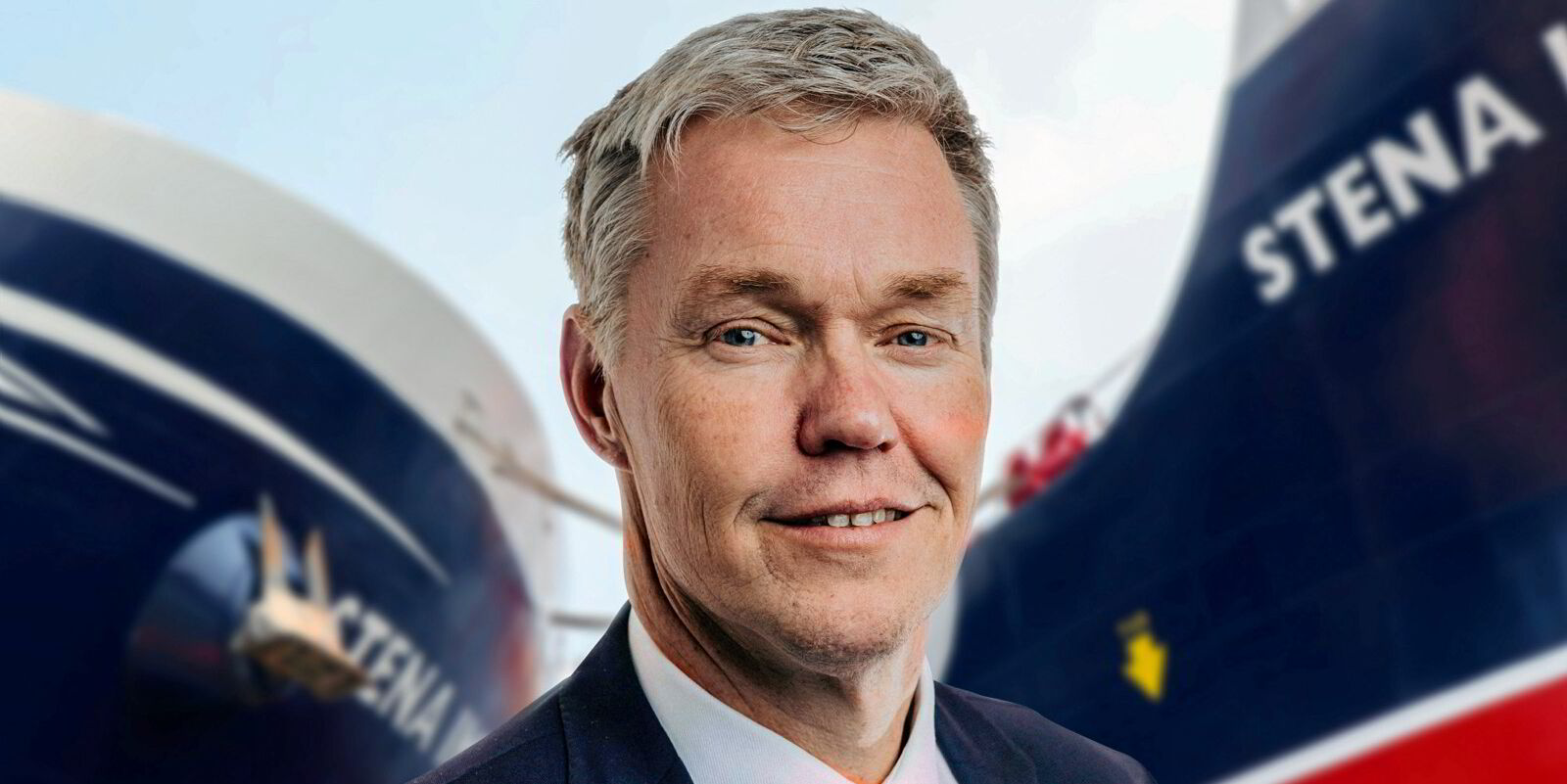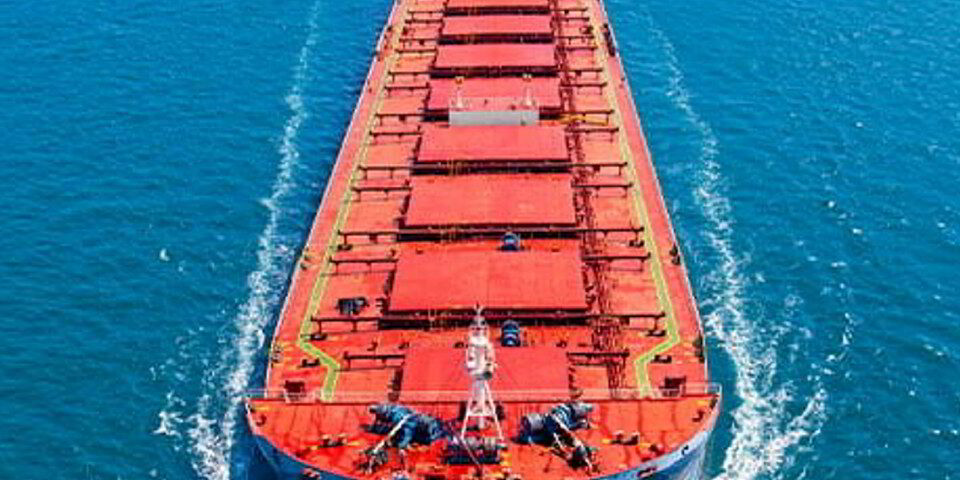A final report on the potential of using onboard carbon capture storage (OCCS) on a tanker has demonstrated the amount of work needed to make it a feasible decarbonisation solution.
The Remarccable project was a collaboration between Sweden’s Stena Bulk, Singapore’s Global Centre for Maritime Decarbonisation (GCMD) and the Oil & Gas Climate Initiative, an oil major-led body whose members include Saudi Aramco, BP, Shell and Equinor.

Stena Bulk chief executive Erik Hanell said: “The results will be instrumental for not only us, but for the whole sector, to evaluate the operational and commercial opportunities, as well as the challenges when capturing CO2 at sea.”
The project, which did not go as far as installing a system on the Stena Bulk vessel, determined some key factors that the project partners say need to be addressed to make the technology viable.
The partners included class societies Lloyd’s Register and ABS, Singapore engineering group Seatrium, Swedish technology group Alfa Laval, ship designer Deltamarin and Dutch researcher TNO.
It assessed the costs of retrofitting a system that could remove CO2 emissions from the exhaust of the 49,683-dwt Stena Impero (built 2018).
“This may be expensive for first movers,” Hanell said, “but the consortium believes that further research and development will drive down costs, making OCCS an increasingly viable solution for the shipping industry.”
The use of carbon capture is seen as a potential solution to enable vessels to continue using fossil fuels, such as fuel oils or marine gasoil, instead of switching to more expensive green fuels including methanol, ammonia and biofuels.
Boiler problem
One key problem is a 15% fuel penalty due to the vessel’s boiler needing to generate the additional thermal energy the carbon capture system needs.
A project report identified the need to install more efficient boilers to reduce the penalty to 10%.
Another consideration noted by the project team was the need to have a constant high flow rate of CO2 through the capture technology for it to work at its best.
The study highlighted that a hurdle for the technology to become a viable solution is the ability to store the captured CO2 and have the infrastructure to remove it.
The longer the voyage, the larger the storage tank required, raising the need for stability calculations.
For the Stena Impero, the project designers determined that the main capture system components can be installed on a skid on the port stern upper deck, with a CO2 liquefaction system nearby and a CO2 storage tank located midships.
GCMD chief executive Lynn Loo said the adoption of carbon capture to meet shipping’s decarbonisation targets faces numerous hurdles. She noted a need to find a balance of CO2 capture rates with acceptable operational and capital costs.
“This study provides quantitative insights on managing the trade-offs between the actual cost of operating OCCS and its emissions reduction potential,” she said.
“For OCCS systems to be practical, the industry needs to manage captured CO2 effectively.
“To this end, GCMD has completed a study to define the operational envelope for offloading onboard captured CO2, contributing to the whole-of-system approach to emissions reduction via carbon capture.”
Remarccable stands for Realising Maritime Carbon Capture to Demonstrate the Ability to Lower Emissions.






